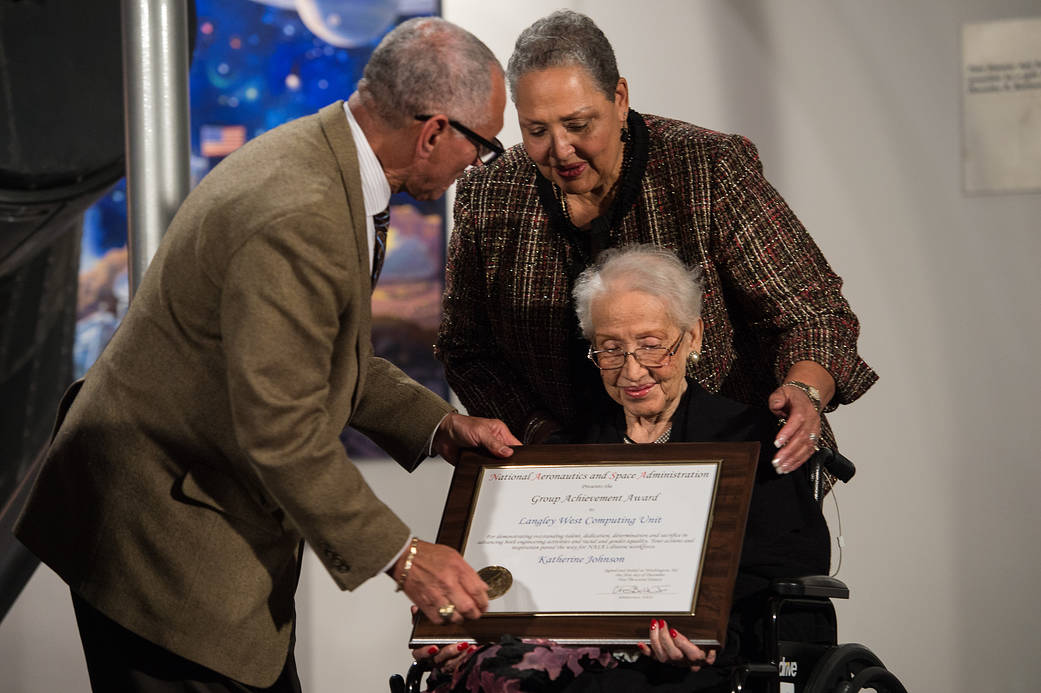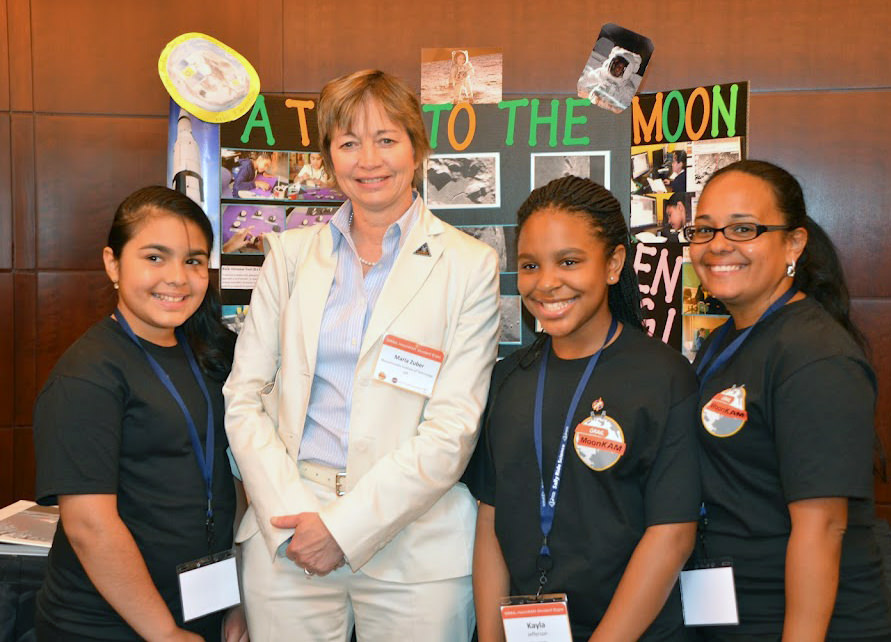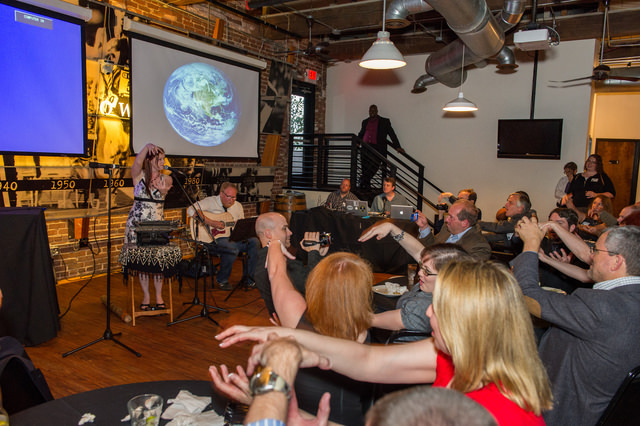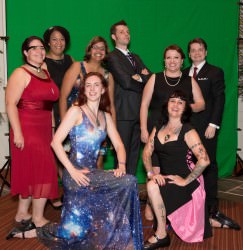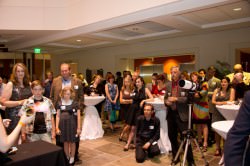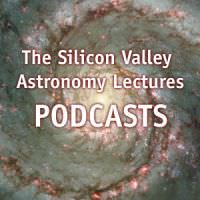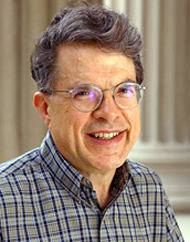[/caption]
Throughout the centuries, many astronomers have made incredible discoveries and contributions to science. I cannot do justice to all of them by any means, so I will concentrate on a few of the most famous astronomers throughout history.
Claudius Ptolemy was an astronomer and mathematician in Alexandria. He wrote an extensive treatise on astronomy known as the Almagest. It mapped out complex movements of the stars and planets. His model was geocentric, meaning he placed the Earth at the center of the universe. This geocentric model was widely accepted for more than a thousand years in many cultures. It is often known as the Ptolemaic model.
Galileo Galilei lived between 1564 and 1642 in Italy. He was a physicist and astronomer. Galileo created the first telescope, although his first model was very weak. His next one though was strong enough that he could see craters on the Moon, four of Jupiter’s moons, anda number of stars in the Milky Way.
The Polish astronomer Nicolas Copernicus lived between 1473 and 1543. He is famous for his theory tha the Sun is the center of the universe, not the Earth. His theory is often known as the Copernican model. It was years before his model became widely accepted though.
Johannes Kepler was a famous German astronomer who lived between 1571 and 1630. He was the first person to identify planetary motion. Kepler is probably most famous for his three laws of planetary motion, which describe the motion of two celestial bodies such as a planet and its star.
Edmond Halley lived between 1656 and 1742. He predicted the orbit of the Halley Comet, which was named in his honor. He also published an extensive catalog of stars and created a diving bell, which he improved throughout the years.
Sir Friedrich William Herschel, often known as William Herschel, was a famous astronomer of the late18th to the early 19th century. He is famous for having discovered the plant Uranus and two of its moons. He also made over 400 telescopes during his life. Herschel discovered two of Saturn’s moons – Mimas and Enceladus.
Clyde Tombaugh is an American astronomer who is best known for discovering Pluto in 1930. Pluto was considered a planet for 76 years until it was reclassified as a dwarf planet. He did not actually have any astronomy degrees until after he discovered Pluto when he studied astronomy. He also discovered a number of asteroids.
Universe Today has more articles on astronomers are people too and artist creates portrait gallery of astronomers.
If you are looking for more information, check out famous astronomers and influential astronomers
Astronomy Cast has an episode on building a career in astronomy.
Sources:
NASA: Cosmology
NASA: Kepler
NASA: Edmond Halley
SEDS.org
NASA: Clyde Tombaugh

